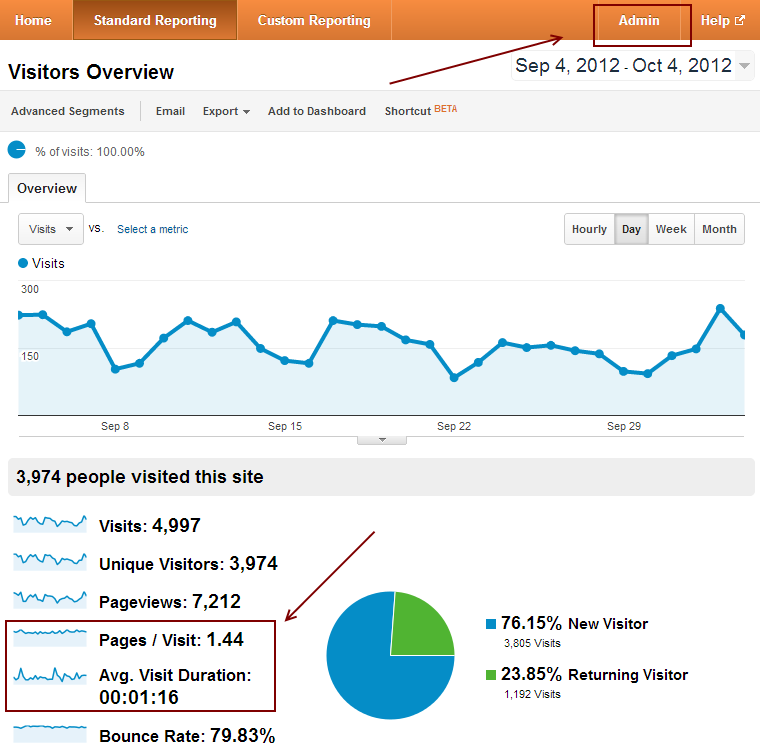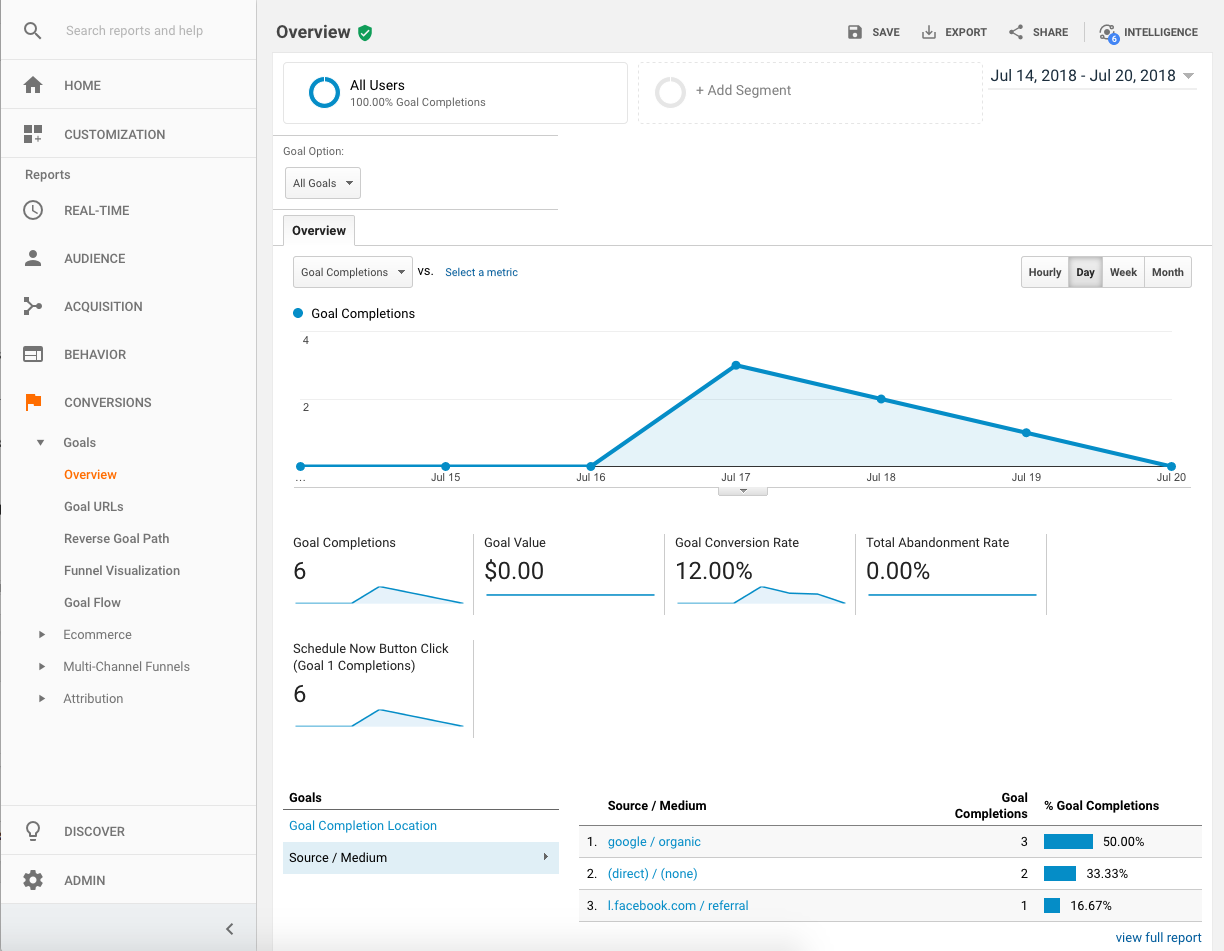What Data Is Google Analytics Goals Unable to Track: Vital Info
What Data Is Google Analytics Goals Unable to Track: Vital Info
Blog Article
Demystifying Google Analytics Limitations: Discover What Data Goals Can not Track
In the world of digital analytics, Google Analytics stands as an effective tool that provides important understandings right into website performance and user habits. From the ins and outs of customer interaction with vibrant material to the complexities of cross-device individual trips, these limitations shed light on locations that may continue to be covered from conventional analytics point of views.

Customer Communication With Dynamic Material
User interaction with dynamic content plays an important duty in understanding individual habits on web sites and enhancing the overall customer experience. Dynamic web content describes aspects on a webpage that can change without the requirement for a full web page reload. This includes interactive components such as pop-ups, sliders, forms, and videos that react to user actions in real-time. By tracking individual communications with dynamic content, site proprietors can get important insights right into individual involvement, preferences, and behaviors.
Google Analytics offers different tools to track user communications with dynamic material, such as occasion tracking and virtual pageviews. Occasion tracking permits you to monitor details customer activities, like clicking a switch or enjoying a video clip, supplying information on how customers engage with vibrant aspects.
Cross-Device Individual Journeys
Just how can modern analytics devices track the complicated courses users take across multiple devices in their on the internet journeys? Cross-device user journeys offer a significant obstacle for monitoring and evaluating customer habits properly. As users interact with apps or websites using numerous gadgets such as tablet computers, mobile phones, and desktops, it becomes crucial to recognize how they move between these systems to optimize user experience properly.
Google Analytics faces restrictions in tracking cross-device user journeys due to personal privacy problems and technical restrictions - what data is google analytics goals unable to track. While it can provide understandings into specific devices' interactions, tracking a smooth individual trip throughout several tools stays a difficulty. This limitation can cause insufficient data and fragmented user understandings, making it challenging for businesses to develop a unified view of the consumer trip
To resolve this problem, companies can utilize innovative analytics tools that use cross-device tracking capabilities, enabling them to obtain an extra holistic understanding of customer behavior. By leveraging these tools, services can link the space in tracking cross-device user trips and optimize their digital strategies for a smooth user experience.
Offline Conversions and Acknowledgment
As businesses navigate the obstacles of tracking cross-device customer journeys, an additional critical facet to consider is the realm of offline conversions and acknowledgment in the realm of data analytics. While Google Analytics supplies valuable understandings into on-line individual habits, it falls short when it pertains to tracking conversions that happen offline. This restriction presents a considerable difficulty for businesses that have both online and offline sales channels.
Offline conversions, such as acquisitions made in physical shops or through phone call facilities, are vital to understanding the total customer journey. Without the capacity to attribute these offline conversions to details online communications, content services may struggle to precisely determine the effect of their digital marketing efforts.
To address this space, organizations can discover different services such as integrating CRM systems with on-line analytics tools or using unique discount codes that can be traced back to online projects. By linking the space between online and offline data, organizations can acquire an extra extensive understanding of their clients' behavior and boost their general marketing strategies.
Individual Customer Recognition
In the world of data analytics, the capability to precisely recognize private customers throughout various online touchpoints is an important obstacle for companies seeking to individualize and enhance their marketing approaches. While Google Analytics provides important insights right into customer behavior and interactions, it falls brief in allowing the recognition of specific people because of privacy problems and technological limitations. Google Analytics uses one-of-a-kind identifiers such as cookies to track customer sessions and behavior, but these do not correspond to determining private customers in an individual sense.

Information From Secure Pages
Despite the raising prevalence of safe web pages on internet sites, acquiring data from these encrypted sources provides an unique challenge for digital analytics systems like Google Analytics. Safeguard web pages, shown by HTTPS in the link, encrypt information traded in between the individual's browser and the internet site's web server to make certain personal privacy and safety. While this file encryption is essential for protecting delicate information, it likewise poses limitations for tracking user behavior and gathering analytics data.
Google Analytics encounters challenges in gathering comprehensive details from safe and secure pages due to the security protocols in position. Consequently, particular data points such as referral sources, keyword searches, and even some individual interactions may not be completely recorded when customers access a site via a secure connection. This limitation can impact the accuracy and efficiency of the data analysis, bring about voids in understanding individual habits and preferences on protected web pages.
To navigate this difficulty, electronic experts may need to discover alternate monitoring approaches or utilize various other tools specifically made to gather insights from safe and secure web pages. By adjusting techniques to fit these limitations, businesses can still derive important analytics regardless of the restraints presented by encrypted connections.
Final Thought
Finally, Google Analytics has restrictions in tracking individual communication with vibrant content, cross-device individual trips, offline conversions, private customer identification, and data from protected web pages. These constraints prevent a thorough understanding of individual behavior and might result in spaces in data analysis. Regardless of its useful understandings, Google Analytics may not give a complete photo of user engagement across different touchpoints. It is essential for organizations to be familiar with these constraints and consider extra devices for a more holistic view of their information.
User communication with vibrant web content plays a critical role in recognizing individual behavior on sites and optimizing the overall customer experience. By tracking individual interactions with dynamic material, web site owners can acquire important insights right into customer engagement, choices, and habits.
Google Analytics makes use of unique identifiers such as cookies to track individual sessions and actions, yet these do not correspond to recognizing specific read this article users in an individual feeling.
As a result, specific data factors such as recommendation resources, keyword searches, and also some individual interactions may not be Home Page fully caught when users access a web site through a safe and secure link.In conclusion, Google Analytics has limitations in tracking individual communication with vibrant content, cross-device user trips, offline conversions, specific customer identification, and information from secure pages.
Report this page